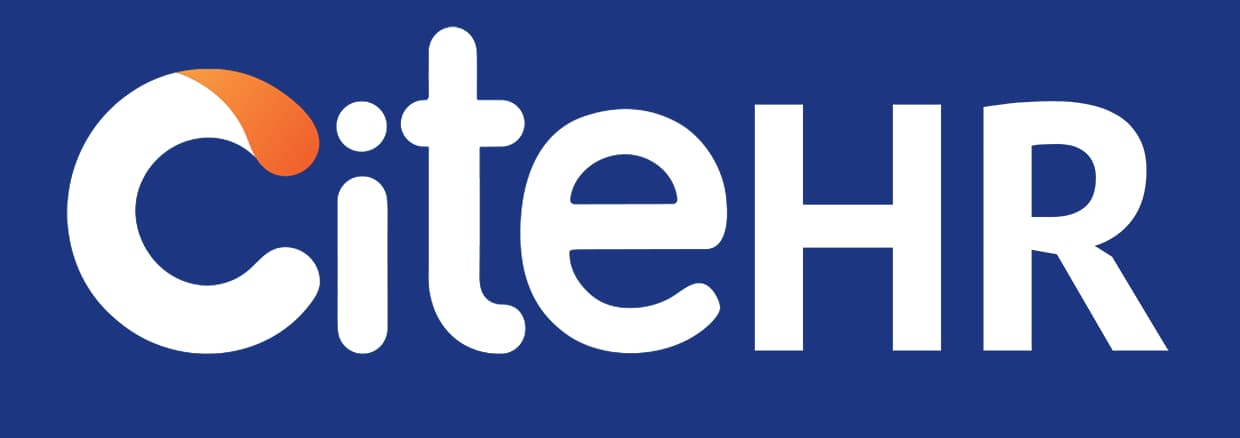Dear Sirs, One of our workmen got an eye injury when he tried to clean his clothes with a compressed air nozzle. I have planned a training session for the workmen next week.
I would like to include a video that explains the dangers of using compressed air to clean clothes in the workplace. Can any of you help me with finding such videos?
Thank you.
Regards, SSM
From India, Madras
I would like to include a video that explains the dangers of using compressed air to clean clothes in the workplace. Can any of you help me with finding such videos?
Thank you.
Regards, SSM
From India, Madras
I saw this video, but it's not suitable for the above question. I request you all to please send material or a video on compressed air used for cloth cleaning. This video is off-topic, so please send the relevant material. I am waiting and hope you all have it.
Thank you.
From India, Mumbai
Thank you.
From India, Mumbai
Dangers of Using Compressed Air for Cleaning Clothes
The use of compressed air for cleaning clothes in any industry is very dangerous. In a fraction of a second, it can damage our eyes. With the speed of the air, the retina in our eye can get perforated, and the air can cause perforation in our eardrum too. If the compressed air blows into any cut or wound, the area will swell. Therefore, the usage of compressed air for cleaning clothes should be avoided.
From India, Kumbakonam
The use of compressed air for cleaning clothes in any industry is very dangerous. In a fraction of a second, it can damage our eyes. With the speed of the air, the retina in our eye can get perforated, and the air can cause perforation in our eardrum too. If the compressed air blows into any cut or wound, the area will swell. Therefore, the usage of compressed air for cleaning clothes should be avoided.
From India, Kumbakonam
First of all, thank you very much for your valuable input into the thread. In our plant, the loaders and packers of cement bags are using compressed air for dust cleaning from their body parts as well as from clothes. As per your posting, it's unsafe. So what suitable alternative should we suggest to them? Can you please let me know the answer?
Thank you for starting such a thread. I do not have any relevant videos right now. Let me search it out in my collection, and if I find one, I will share it with you soon.
From India
Thank you for starting such a thread. I do not have any relevant videos right now. Let me search it out in my collection, and if I find one, I will share it with you soon.
From India
@SSM & Avinashevs, go through the link below, and you will find a related video on the hazards of compressed air usage:
A Short Video on Compressed Air Safety Training | Chemical Plant Safety Blog
@All, if anyone in the forum knows how to download movies from YouTube, please let me know the procedure.
From India
A Short Video on Compressed Air Safety Training | Chemical Plant Safety Blog
@All, if anyone in the forum knows how to download movies from YouTube, please let me know the procedure.
From India
As you mentioned in your earlier post that you are going to provide training to workers on the non-use of compressed air for cleaning purposes, what alternative arrangements are you suggesting? Please let me know.
Thank you.
From India
Thank you.
From India
Dear Dipil, good question because in our plant, we also prohibit people from using compressed air to clean clothes. However, when they ask for an alternative solution due to calcine (fine powder deposited on clothes), how can we remove it?
Regards,
Hansa Vyas
From India, Udaipur
Regards,
Hansa Vyas
From India, Udaipur
Dangers of Using Compressed Air for Cleaning
That's not the correct way of cleaning the dresses. The compressed air getting in contact with our eyes means, surely, without fail, our retina will get perforated. If it gets in contact with our ears, it means, surely, our eardrum will get perforated, which may even lead to vertigo. At least from now onwards, we should avoid cleaning our dresses with compressed air. We must instruct all the workers not to use compressed air, and they must clean it manually only. While working, they must use a nose mask to avoid lung infection.
From India, Kumbakonam
That's not the correct way of cleaning the dresses. The compressed air getting in contact with our eyes means, surely, without fail, our retina will get perforated. If it gets in contact with our ears, it means, surely, our eardrum will get perforated, which may even lead to vertigo. At least from now onwards, we should avoid cleaning our dresses with compressed air. We must instruct all the workers not to use compressed air, and they must clean it manually only. While working, they must use a nose mask to avoid lung infection.
From India, Kumbakonam
Dear Mr. Bhaskar, I fully agree with you. You are 100% right. Compressed air is unsafe to use for cleaning. I hope you understand the situation of a worker who is exposed to cement loading and packing. He is supposed to clean his body every half an hour or so with a controlled supply of compressed air as washing is not always possible.
Therefore, when we decide to stop using something, we should have a much easier and practical alternative or solution to suggest. I am currently in search of that. If you are aware of any such alternatives, please share them. Alternatively, if any other forum members have suggestions, I encourage them to come forward.
Dear Hansa, let's hope to receive a practical solution to the problem from our forum members.
Thank you.
From India
Therefore, when we decide to stop using something, we should have a much easier and practical alternative or solution to suggest. I am currently in search of that. If you are aware of any such alternatives, please share them. Alternatively, if any other forum members have suggestions, I encourage them to come forward.
Dear Hansa, let's hope to receive a practical solution to the problem from our forum members.
Thank you.
From India
Alternative Arrangements for Cleaning Without Compressed Air
Dear Mr. Dipil,
Sorry for my late reply. Normally in our plant, the people involved in surface grinding of steel components require cleaning their clothes. These metal particles are loosely attached to the cloth. We recently arranged a cleaning booth. This booth has slots on all four walls through which compressed air passes at a desirable pressure to dislodge the particles. This method works well. Hope this helps.
Regards,
SSM
From India, Madras
Dear Mr. Dipil,
Sorry for my late reply. Normally in our plant, the people involved in surface grinding of steel components require cleaning their clothes. These metal particles are loosely attached to the cloth. We recently arranged a cleaning booth. This booth has slots on all four walls through which compressed air passes at a desirable pressure to dislodge the particles. This method works well. Hope this helps.
Regards,
SSM
From India, Madras
Dear SSM, Thank you for your reply.
Concerns About the Cleaning Booth
In the case of the Cleaning Booth, there are also chances of particles flying and coming into contact with eyes or ears, right? So, is this a foolproof solution to the problem? We are still using compressed air for cleaning.
If possible, please share photographs of the arrangement for better understanding.
Thank you.
From India
Concerns About the Cleaning Booth
In the case of the Cleaning Booth, there are also chances of particles flying and coming into contact with eyes or ears, right? So, is this a foolproof solution to the problem? We are still using compressed air for cleaning.
If possible, please share photographs of the arrangement for better understanding.
Thank you.
From India
Dear Raghu Thanks for the links... The write up and videos are seems very relevant... I think it’s the best solution... Will discuss with my people here.... Thanks once again...
From India
From India
Dear All, I have got something related to this topic but there is no vedio in it. Regards, Inderjeet Singh "Born to Lead."
From India, Rajsamand
From India, Rajsamand
CiteHR is an AI-augmented HR knowledge and collaboration platform, enabling HR professionals to solve real-world challenges, validate decisions, and stay ahead through collective intelligence and machine-enhanced guidance. Join Our Platform.





 47
47